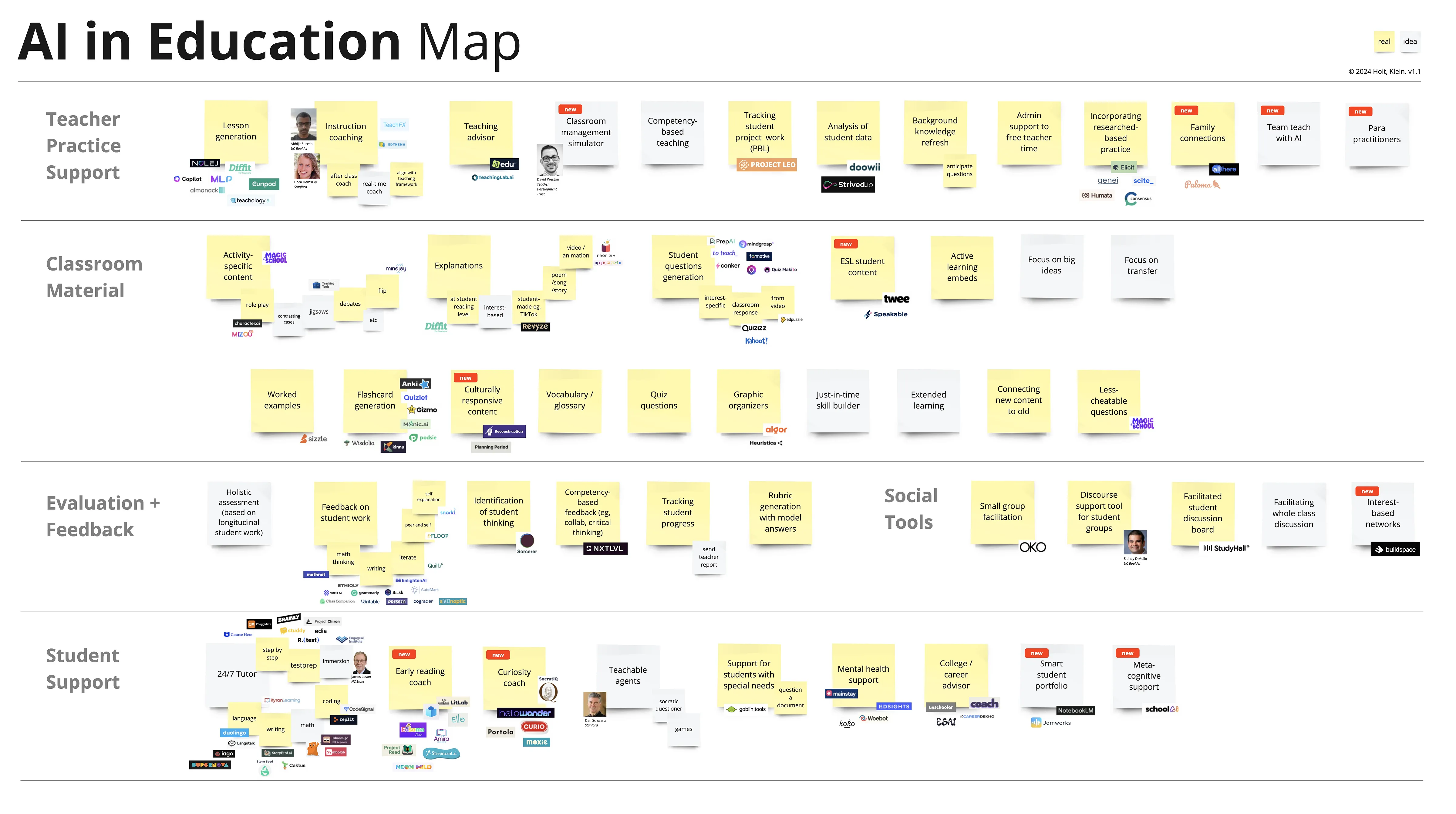A Notre Dame Senior’s Perspective on AI in the Classroom — from learning.nd.edu — by Sarah Ochocki; via Derek Bruff on LinkedIn
At this moment, as a college student trying to navigate the messy, fast-developing, and varied world of generative AI, I feel more confused than ever. I think most of us can share that feeling. There’s no roadmap on how to use AI in education, and there aren’t the typical years of proof to show something works. However, this promising new tool is sitting in front of us, and we would be foolish to not use it or talk about it.
…
I’ve used it to help me understand sample code I was viewing, rather than mindlessly trying to copy what I was trying to learn from. I’ve also used it to help prepare for a debate, practicing making counterarguments to the points it came up with.
AI alone cannot teach something; there needs to be critical interaction with the responses we are given. However, this is something that is true of any form of education. I could sit in a lecture for hours a week, but if I don’t do the homework or critically engage with the material, I don’t expect to learn anything.
A Map of Generative AI for Education — from medium.com by Laurence Holt; via GSV
An update to our map of the current state-of-the-art
Last ones (for now):
Survey: K-12 Students Want More Guidance on Using AI — from govtech.com by Lauraine Langreo
Research from the nonprofit National 4-H Council found that most 9- to 17-year-olds have an idea of what AI is and what it can do, but most would like help from adults in learning how to use different AI tools.
“Preparing young people for the workforce of the future means ensuring that they have a solid understanding of these new technologies that are reshaping our world,” Jill Bramble, the president and CEO of the National 4-H Council, said in a press release.
AI School Guidance Document Toolkit, with Free Comprehensive Review — from tefanbauschard.substack.com by Stefan Bauschard and Dr. Sabba Quidwai









